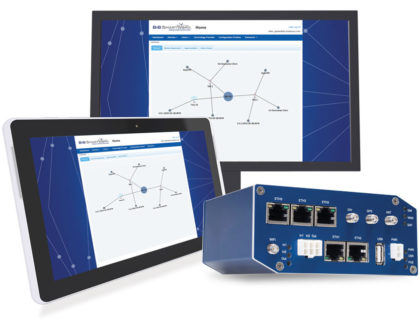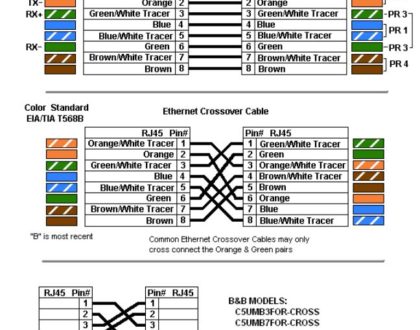Port Powered Serial Converters FAQ
How do port powered serial converters derive their power?
These converters steal their power from the connected RS-232 device’s output signals. As an example, a PC normally has outputs on the Transmit Data (TD), Request to Send (RTS), and Data Terminal Ready (DTR) pins.
What are handshake lines?
Handshake lines are communication lines that do not send or receive data but are normally used to control the flow of data in and out of the communication device. The lines are held high or low to identify the state of readiness of the sending or receiving device to transmit or receive data.
The most common of these handshake lines are Request to Send (RTS), and Clear to Send (CTS). Other lines used for communicating readiness are Data Set Ready (DSR), Data Terminal Ready (DTR), and Carrier Detect (CD).
How do I tell if my converter is being powered?
By measuring the voltage across the input lines of an RS-422/485 port powered serial converter, you can determine if the port is supplying power to the device. There are bias resistors on the RS-422 and RS-485 differential inputs. These bias resistors tie one side of the differential input high and tie one side to ground. On a port powered converter measuring the voltage across the Receive Data A and B lines (B is positive) will indicate if the device is getting power from the port. The typical measurement of slightly more than 4 V dc will indicate the device is being powered from the RS-232 port.
Will my port powered converter work in a terminated network?
A port powered converter will generally work in a terminated network. However, termination resistors add heavy DC loading to a system and may overload port powered converters. The type of components used in the RS-232 port and the state of the handshake lines determine the amount of power available for port power.
Why won’t my converter work with my new computer?
Some new computers use low power RS-232 Com Ports. The type of RS-232 driver components used in the computer will determine the amount of power available for port powering. There are three basic categories of RS-232 driver components that determine the amount of power available. The drivers that require a (+) and (-) power supply to function, the components that use an internal charge pump, and those that use low power components often found in laptops or notebook computers. If your computer uses low power Com Ports it will be unable to port power a converter.
How far can I communicate with port power?
Typical distance for RS-422 and RS-485 communication is 4000 feet. If the RS-232 port supplies sufficient power to port power the converter, this distance can be obtained. Other factors that absorb power from the RS-232 port can reduce the power available to port power much more than the RS-422/485 distance. If quality 24 AWG twisted pair cable is used on an unterminated connection the effect of distance is minimal.
Are there port powered converters that provide an option for external power?
There are a number of port powered converters that provide an option for external power. All of our port powered converters with terminal blocks have the option of external power being added on the terminal block. Some converters, such as the 485LPCOR, 422LP25N, and 422LP25R are port powered and can also have external power added to pins on the 25 pin connector.
Can I bring in external power on one of the handshake lines?
External power can be brought in on handshake lines to power the port powered converters where there are no handshake lines available. The power must be current limited to approx. 35 mA by adding a resistor in series with the power connection.
Recommended Posts

3 Questions to Ask Before Selecting an LTE WAN
June 15, 2018

Ethernet Cables: RJ45 Colors and Crossover
May 21, 2018

